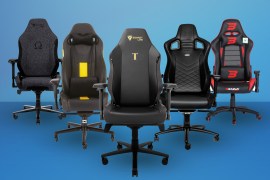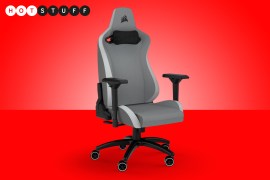Everything hurts, so an expert told me how to buy the perfect office chair
Sit right, sit tight.
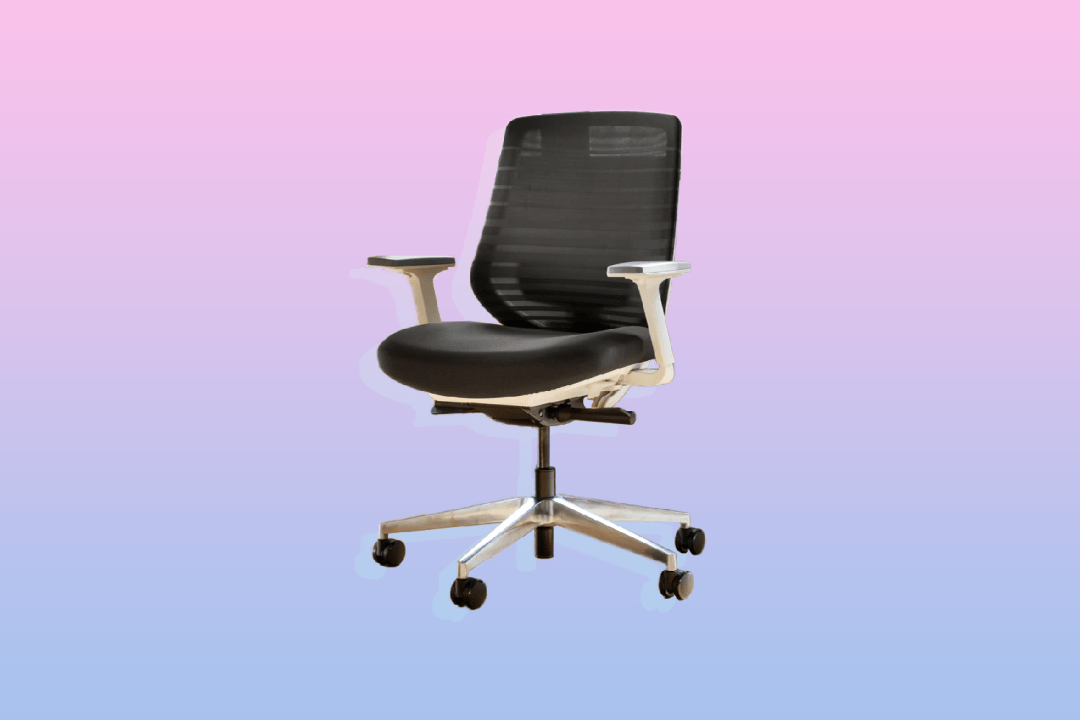
As you get older, everything just hurts more. I am finding this to be true as I…get older. Days spent in front of a computer means that I now get wrist pain. Fitness helps, only until I find myself pulling a muscle I never knew existed doing the most mundane of tasks. Most of all, I blame my chair for most ailments.
I’ve tested kneeling chairs and stools to gamer thrones and treadmill desks, but nothing felt right. But, rather than researching what would actually suit me best, I was taken in by the marketing speak of calibrated wheels and ‘ergonomics’. Ergonomics is a buzzword that marketing companies tend to latch on to, yet offer questionable health claims in my own personal experience. In that, it’s hard to know what you actually need in a good product.
So, I decided to ask BuyDirectOnline’s Product Development Manager Tyler Austin everything you need to find a decent office chair for life.
A lumbar support that is height and depth adjustable is crucial
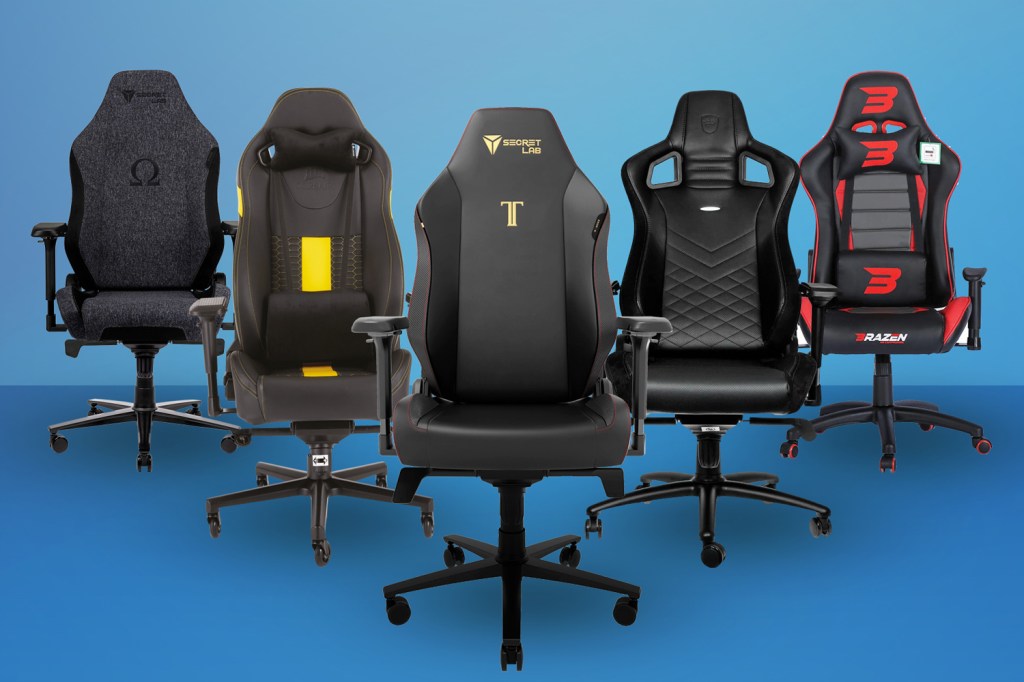
The main difference between an ergonomic and regular chair is the use of back or lumbar support. As we are all probably guilty of, sitting hunched or slouched over can strain the spine over time.
This is because the lumbar spine has a natural inward curve so having a chair back that fills this curve can help support it. Ideally, you want a chair with adjustable support to create a curve away from the back of your chair and you can generally find these built-in.
The lumbar support should be adjustable in both height and depth so you can switch your seating position throughout the day or have more than just one person use the seat.
The backrest should be 30 to 50 centimetres wide
The backrest is arguably one of the most important features of an ergonomic chair as it supports your spine. As a guide, it should be between 30 to 50 centimetres wide and support the natural curve of the spine.
The adjustable backrest should fit into your lower back curve and ideally end just above your shoulders.
A reclining feature will help to alleviate the back
The backrest should also recline to help the distribution of weight away from your lower back. The recommended recline is between 110 to 130 degrees and many chairs come with a locking adjustment to help keep the chair in position and change when needed.
Ensure the armrests are adjustable
The positioning of the arms is also important as it can alleviate tension from the shoulders. The key here is to be in a relaxed position with the forearms away from the armrest while typing while the elbows and lower arms should rest lightly.
The relaxed position is when the shoulders are level, neither up nor down when resting on the armrest. The armrests also need to be the right width so look for an ergonomic chair with pivoting arms or a swing-back arm feature.
A seat height of 40 to 55 centimetres works for most
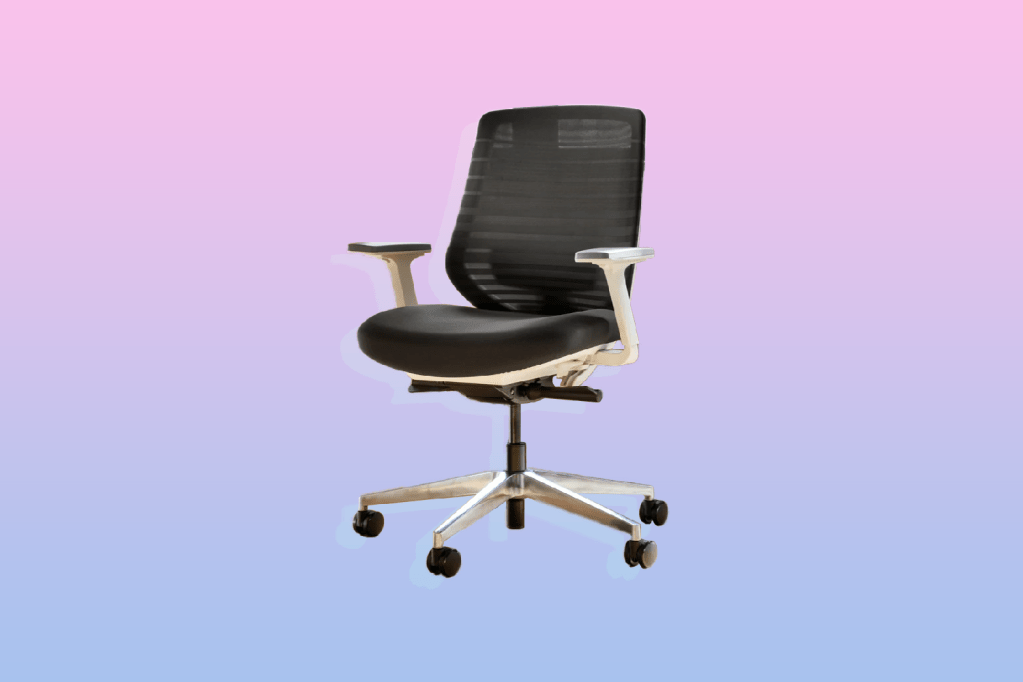
As with the backrest, your office chair seat height should also be easily adjustable to fit the needs of the user. Having the right seat height is important for minimising stress on the knees and lumbar spine. Generally, a seat height range of 40 to 55 centimetres will work for most people.
Ensure that the ergonomic chair comes with a pneumatic adjustment lever with a good seat height range so that you can easily configure it while sitting down. You want your knees to be slightly lower than your hips, your thighs horizontal, your arms even with the highest of the desk and your feet flat on the floor.
Allow three centimetres on either side of the seat pan
As the seat will be holding most of your pressure, you want to ensure that it supports you correctly. As a general rule of thumb, the seat pan should be at least three centimetres wider than you are on each side.
It should also allow you to sit touching the back of the chair with a three-centimetre gap behind your knee to allow for good circulation. The forward and back tilt of the seat pan should also be adjustable.
The chair base should have a minimum five-spoke base
To enjoy the full range of your ergonomic chair, a five-spoke base will provide you with enough support to recline, without falling over. Check the casters on offer and whether or not they suit your floor types. The base also helps with the swivel motion allowing you to easily rotate to reach different areas of the desk without straining. Alternatively, there is also the option of glides which are flat, non-rolling feet.
Headrests are optional
It might come as a surprise that even if an ergonomic chair comes with a headrest, it is very rarely used.
This is because our head is generally supported by our muscles so the correct positioning of the screen or monitor is more important than the headrest. However, if you do find you need additional support, a headrest with height and depth adjustment is best.
